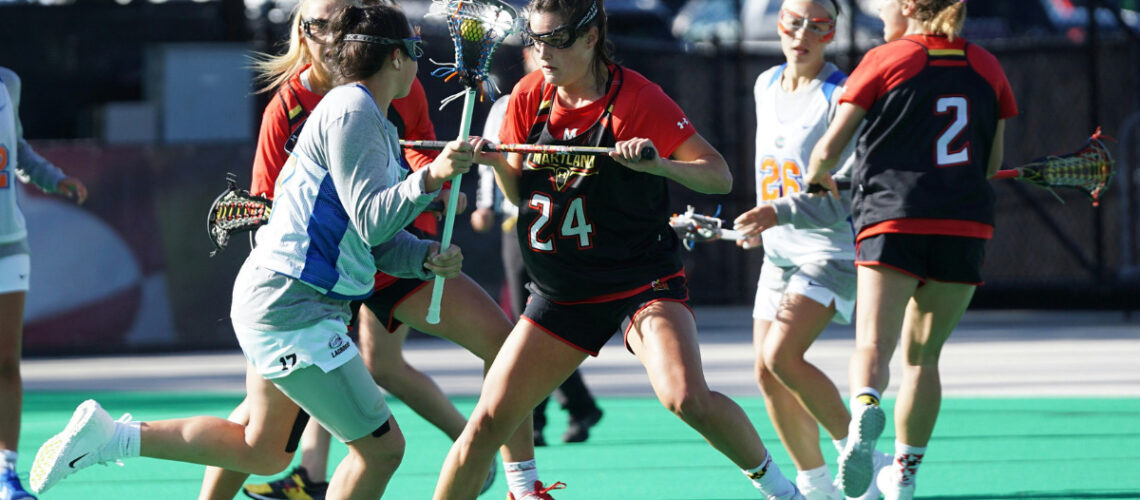Balancing the demands of academics and athletics is a challenge faced by student-athletes across the globe. Excelling in the classroom while also committing to the rigors of sports requires discipline, time management, and a strategic approach. Heath Rexroat‘s journey as a student-athlete, who successfully navigated the demands of football alongside his academic responsibilities, serves as an inspiring example of this balance. In this article, we will explore practical tips and strategies to help student-athletes effectively manage their dual roles.
Set Clear Priorities
The first step in balancing academics and athletics is to set clear priorities. It’s essential to understand that both are important and one should not consistently overshadow the other. Heath Rexroat, while passionately pursuing football, never lost sight of the importance of his education, particularly his criminal justice studies. Student-athletes should identify their priorities in both areas and make decisions that reflect these priorities, ensuring they do not compromise their academic performance for sports, and vice versa.
Effective Time Management
Mastering the art of time management is crucial for student-athletes. Creating a structured schedule that allocates specific times for classes, study sessions, training, and games can help in staying organized and focused. Heath’s ability to juggle his commitments to athletics and his studies at the University of the Cumberlands was largely due to his meticulous time management skills. Utilizing planners, apps, or even simple to-do lists can help student-athletes keep track of their responsibilities and deadlines.
Quality Over Quantity in Study
When time is a limited resource, focusing on quality over quantity in study sessions becomes essential. Student-athletes should aim for focused, uninterrupted study time, rather than long hours of ineffective studying. Techniques like the Pomodoro Technique or active learning methods can enhance the quality of study time. Heath likely employed such strategies to make the most of his study time, ensuring his academic success despite the limited hours available.
Maintain Physical and Mental Health
The physical and mental demands on student-athletes are immense. Maintaining good health is vital to perform well in both academics and sports. This means regular exercise, a nutritious diet, adequate sleep, and mental health care. Heath’s commitment to a rigorous fitness regime and his involvement in outdoor activities likely contributed to his overall well-being, enabling him to perform at his best in both arenas.
Seek Support Systems
Having a robust support system is invaluable for student-athletes. This can include family, friends, coaches, and academic advisors. Heath Rexroat’s family played a significant role in supporting him through his journey. It’s important to have people who can offer advice, encouragement, and practical help. Additionally, many schools offer academic support specifically for student-athletes, such as tutoring or flexible scheduling, which should be utilized.
Effective Communication with Coaches and Professors
Open and honest communication with coaches and professors is key to managing the dual demands of sports and academics. Student-athletes should proactively inform their professors about their athletic schedules and seek understanding and flexibility, especially regarding deadlines and attendance. Similarly, communicating with coaches about academic pressures can help in finding a balance. Heath’s success as a student-athlete was likely aided by his ability to effectively communicate his needs and commitments to both his coaches and academic faculty.
Embrace Flexibility and Adaptability
Flexibility and adaptability are crucial traits for student-athletes. Unexpected changes in schedules, such as game times or project deadlines, can disrupt even the best-laid plans. Being able to adapt and adjust quickly is essential to navigating the challenges of a sports injury and highlights the importance of flexibility in the life of a student-athlete.
Use Off-Seasons Wisely
Off-seasons are an excellent opportunity for student-athletes to focus more intensely on academics. This is the time to take on more challenging courses or catch up on studies that may have taken a backseat during the sports season. Heath likely utilized his off-seasons to ensure that his academic performance did not suffer due to his commitments to athletics.
Stay Motivated and Keep Long-Term Goals in Sight
Maintaining motivation can be challenging when faced with the dual pressures of academics and athletics. Student-athletes should keep their long-term goals in sight, whether it’s a professional sports career, an academic degree, or both. Reminding oneself of the reasons behind the hard work can be a powerful motivator. Heath’s aspiration to become a State Trooper while excelling in football is a clear example of how long-term goals can drive day-to-day efforts.
Balancing academics and athletics is no small feat. It requires dedication, strategic planning, and a willingness to adapt. By setting clear priorities, managing time effectively, focusing on quality study, maintaining health, seeking support, communicating effectively, being adaptable, using off-seasons wisely, and staying motivated, student-athletes can successfully navigate their dual responsibilities. Heath Rexroat‘s journey as a student-athlete is a shining example of how these strategies can be implemented effectively, leading to success both in sports and academics. As student-athletes traverse this challenging but rewarding path, they develop skills and traits that will serve them well long after their days on the field or in the classroom are over.

